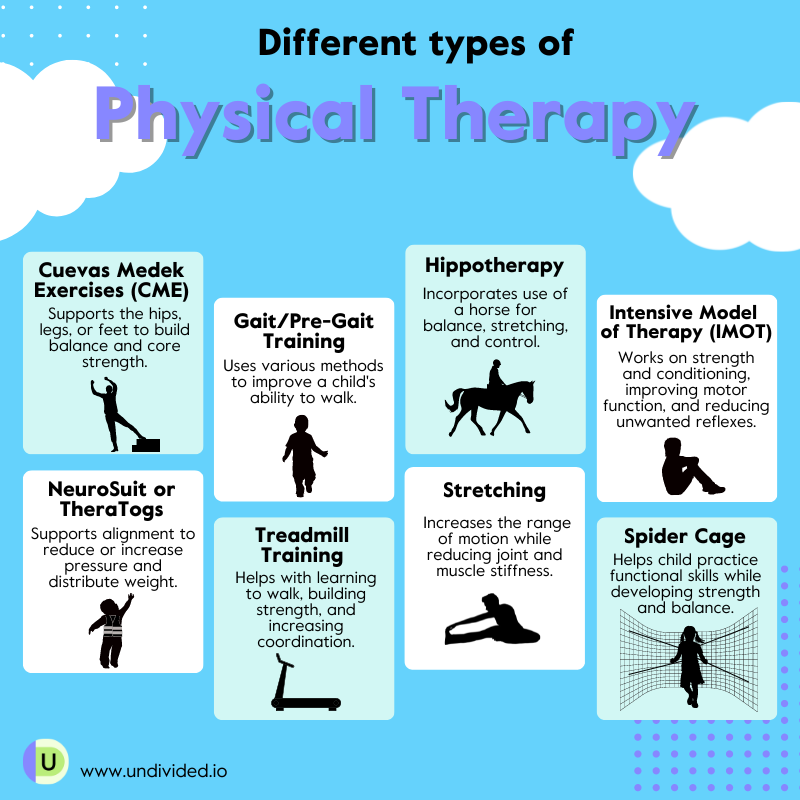Exploring the Effect of Hands-on Treatment Techniques on Alleviating Musculoskeletal Discomfort and Enhancing Client Outcomes
Exploring the Effect of Hands-on Treatment Techniques on Alleviating Musculoskeletal Discomfort and Enhancing Client Outcomes
Blog Article
Hands-on treatment methods are hands-on methods used by medical professionals to address musculoskeletal pain. Such techniques include different types of adjustment and movement of the body’s muscle tissue and articulations. The goal of manual treatment is to relieve discomfort, improve movement, and boost overall function. Many individuals suffer from musculoskeletal discomfort due to injuries, poor posture, or disorders like joint inflammation. By using manual treatment, practitioners aim to tackle these issues and help patients recover their quality of living.
One frequent manual therapy method is vertebral adjustment. This method involves using controlled force to the spine to improve positioning and reduce discomfort. Studies has demonstrated that vertebral adjustment can be beneficial in treating lower back pain and neck pain. Another technique is soft tissue mobilization, which focuses on relieving tension in the muscles and connective tissues. This can help reduce rigidity and enhance range of motion, making it simpler for clients to move without discomfort. Both techniques can be tailored to meet the specific needs of each patient, ensuring a personalized approach to treatment.
In addition to pain relief, manual therapy can enhance patient outcomes in various ways. For instance, it can improve blood flow, which helps supply nutrients and nutrients to the injured areas of the body. Better circulation can also promote recovery and alleviate swelling. Additionally, hands-on therapy can help patients develop better body awareness, which is essential for preventing future injuries. By comprehending how their physiques function, clients can make more informed choices about their activities and posture, leading to long-term benefits.
The effectiveness of manual therapy is often backed by client responses. Numerous patients indicate significant Click This Link improvements in their pain levels and overall function after receiving treatment. This favorable reaction can lead to greater motivation for patients to engage in physical activity and recovery programs. When clients feel improved, they are much likely to engage in their rehabilitation journey, which can further enhance their outcomes. This collaborative approach between the therapist and the patient is essential for achieving lasting outcomes.
In summary, hands-on therapy techniques play a vital role in relieving muscle and joint discomfort and improving client results. By using methods such as vertebral adjustment and gentle connective tissue manipulation, medical providers can help patients regain movement and reduce discomfort. The advantages of hands-on treatment extend further than instant pain relief, as it also promotes recovery and motivates clients to take an proactive role in their rehabilitation. As an increasing number of people seek efficient therapies for muscle and joint issues, manual treatment remains to be an important option in the field of medicine.